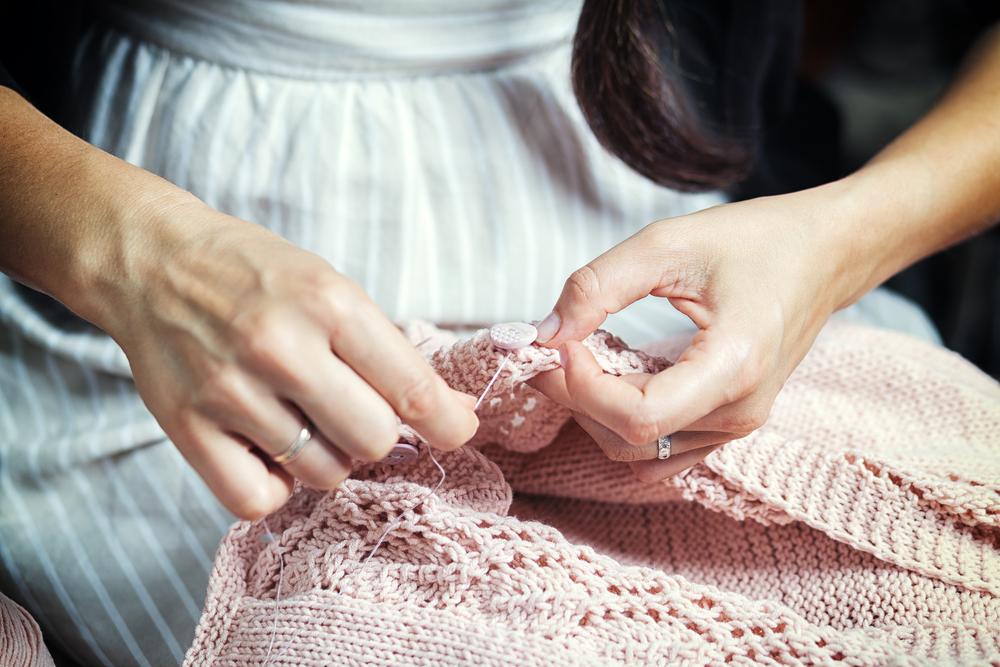What is the modern obsession with possessing new things? New phones, new cars, new clothes, and accessories. New everything. Is it from laziness or a lack of interest in finding out how to fix something that is damaged or broken? Possibly so.
Maybe it’s just that products are easier to come by, as well as cheaper, and, therefore, replacing old for new is an awful lot easier. Either way, buying new all the time isn’t only expensive, but it also produces an extraordinary amount of waste. How many of these “old” items end in landfill sites or as pieces of plastic floating around our oceans? It’s a sobering thought.





